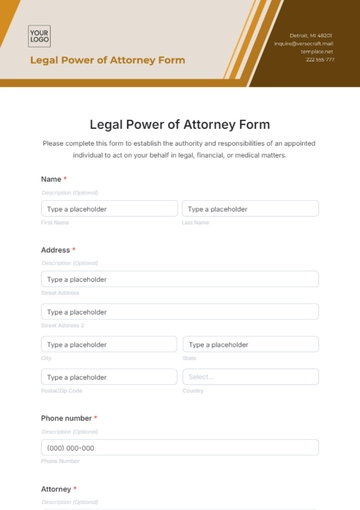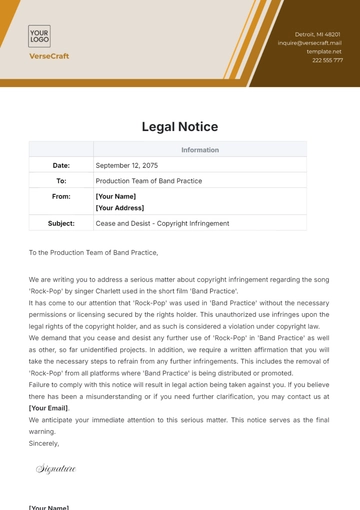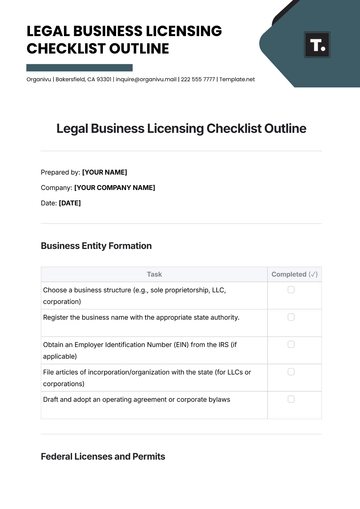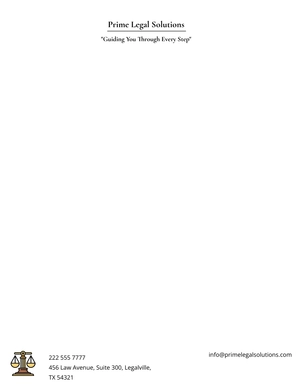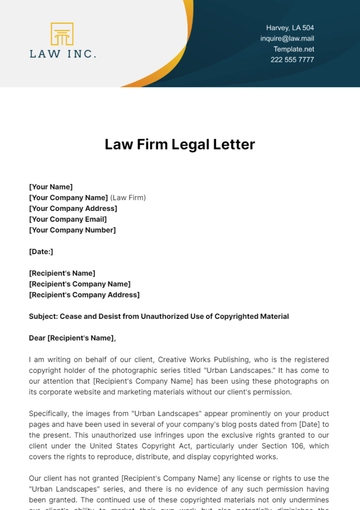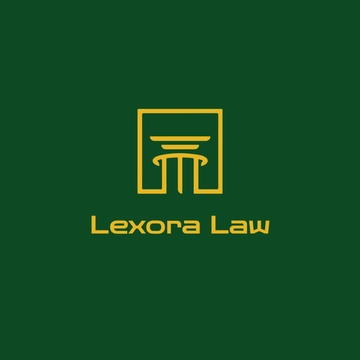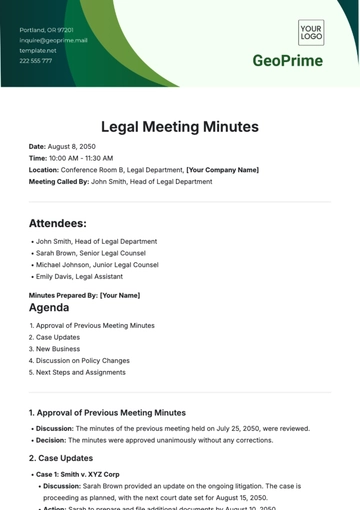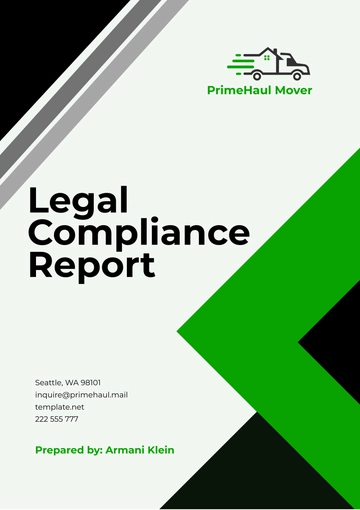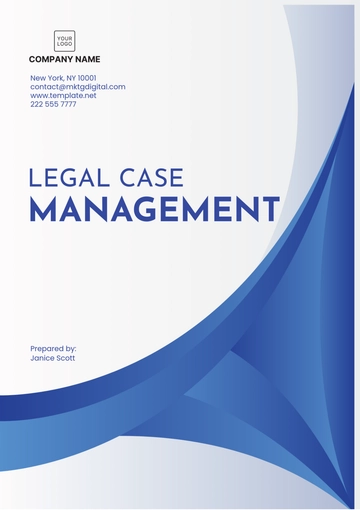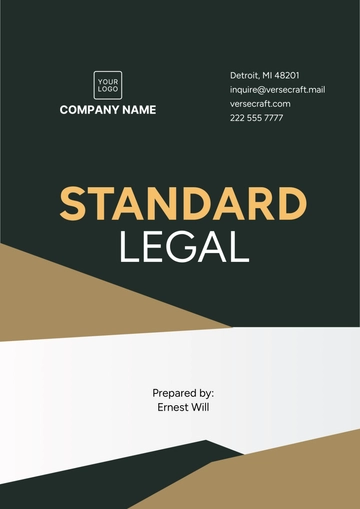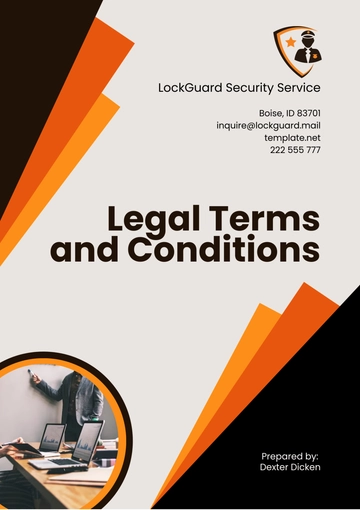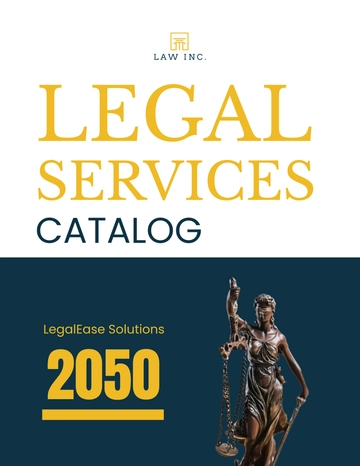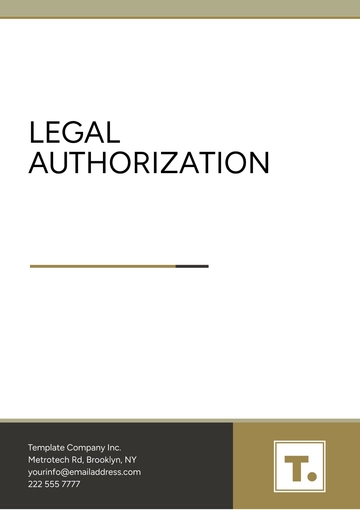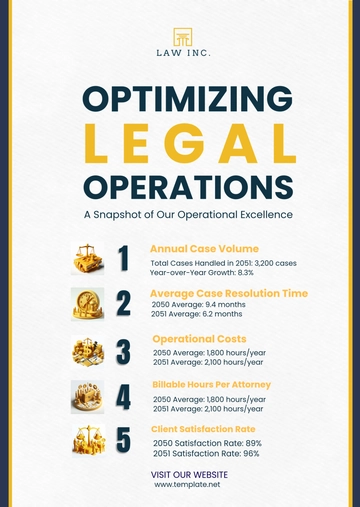Free Legal Corporate Articles of Incorporation
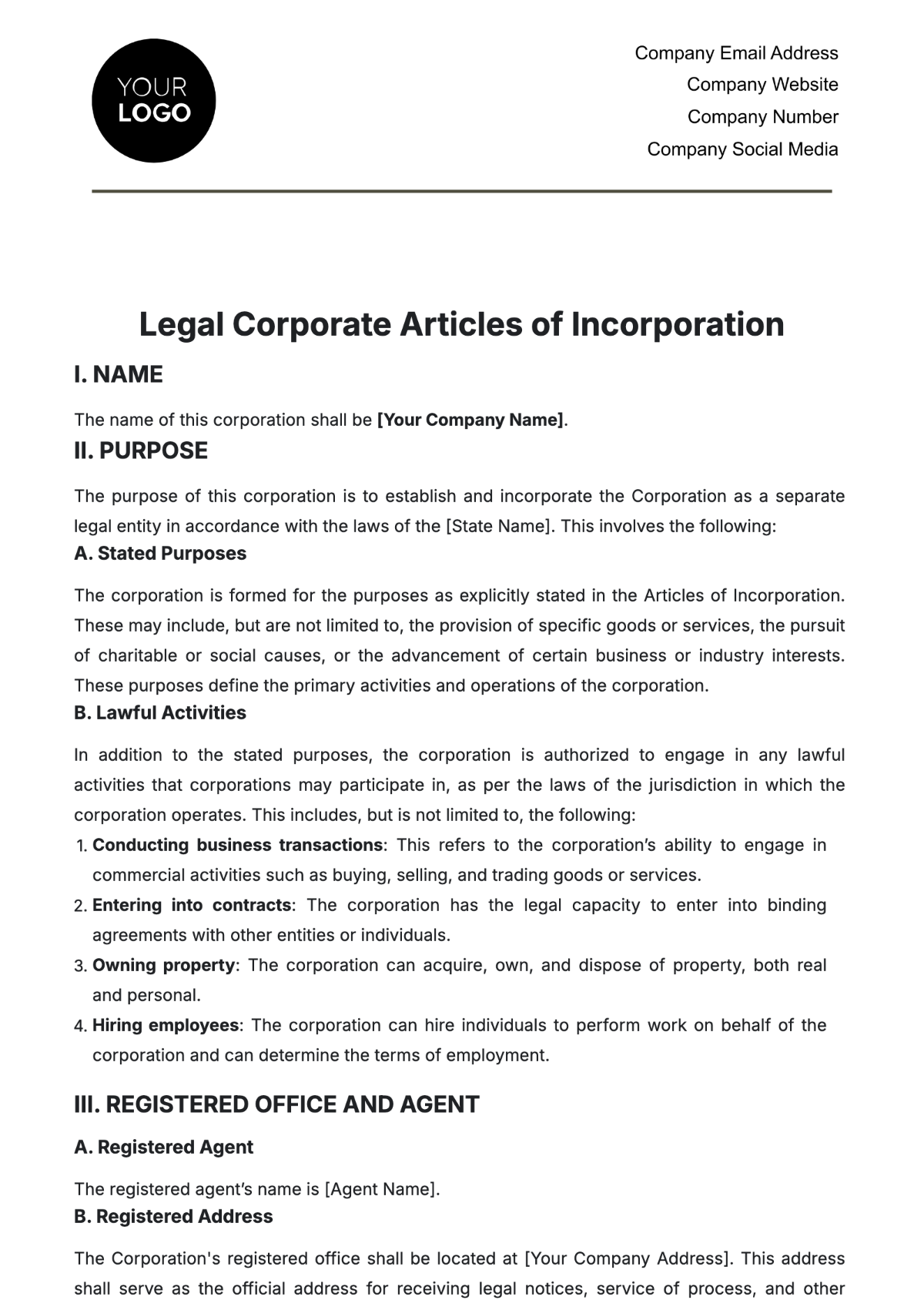
I. NAME
The name of this corporation shall be [Your Company Name].
II. PURPOSE
The purpose of this corporation is to establish and incorporate the Corporation as a separate legal entity in accordance with the laws of the [State Name]. This involves the following:
A. Stated Purposes
The corporation is formed for the purposes as explicitly stated in the Articles of Incorporation. These may include, but are not limited to, the provision of specific goods or services, the pursuit of charitable or social causes, or the advancement of certain business or industry interests. These purposes define the primary activities and operations of the corporation.
B. Lawful Activities
In addition to the stated purposes, the corporation is authorized to engage in any lawful activities that corporations may participate in, as per the laws of the jurisdiction in which the corporation operates. This includes, but is not limited to, the following:
Conducting business transactions: This refers to the corporation’s ability to engage in commercial activities such as buying, selling, and trading goods or services.
Entering into contracts: The corporation has the legal capacity to enter into binding agreements with other entities or individuals.
Owning property: The corporation can acquire, own, and dispose of property, both real and personal.
Hiring employees: The corporation can hire individuals to perform work on behalf of the corporation and can determine the terms of employment.
III. REGISTERED OFFICE AND AGENT
A. Registered Agent
The registered agent’s name is [Agent Name].
B. Registered Address
The Corporation's registered office shall be located at [Your Company Address]. This address shall serve as the official address for receiving legal notices, service of process, and other official communications.
C. Changes
Any changes to the registered office or agent will be made in compliance with the relevant statutes and will be appropriately documented.
D. Compliance
The corporation will ensure that the registered office is maintained at all times and that the registered agent is available during regular business hours to accept legal service of process.
IV. DURATION
A. Perpetual Existence
The corporation is established with the intention of perpetual existence. This means that the corporation is designed to continue indefinitely. It will continue to exist and operate as a separate legal entity, regardless of changes in membership or management, until it is legally dissolved. The perpetual existence of the corporation provides stability and continuity, which are essential for long-term planning and investment.
B. Continuation
In the event of a change in ownership or management, the corporation will continue to exist and operate as before, unless otherwise decided by the shareholders or directors. This ensures the continuity of the corporation’s operations and commitments. The corporation’s obligations and contracts remain in force, and its assets and liabilities remain intact. The corporation maintains its identity and continues to hold the same rights and obligations, regardless of changes in its shareholders or directors.
V. SHARES
The corporation is authorized to issue a total of [10,000] shares of common stock. Each share has a nominal value of $[1], representing the minimum capital that the corporation must maintain. The shares represent the ownership of the corporation and are divided among the shareholders.
A. Authorization to Issue Shares
The authorization to issue shares involves the following:
Share Capital: The total number of shares that the corporation is authorized to issue represents the corporation’s share capital.
Shareholders: The shareholders are the owners of the corporation, and their ownership is represented by the shares they hold.
Equity Financing: The issuance of shares is a way for the corporation to raise capital for its operations, growth, and expansion.
B. Nominal Value
The nominal value of shares involves the following:
Face Value: The nominal value, also known as the face value of the shares, is the value of the shares as stated in the corporation’s books.
Authorized Share Capital: The authorized share capital of the corporation is calculated by multiplying the nominal value of each share by the total number of authorized shares.
Issue Price: The issue price of the shares may be higher than the nominal value. The difference between the issue price and the nominal value is known as the share premium.
Legal Capital: The total nominal value of the issued shares represents the corporation’s legal capital, which cannot be distributed to the shareholders.
C. Rights Attached to Shares
Each share of common stock carries with it certain rights:
Voting Rights: Each share of common stock typically carries with it the right to vote on matters of corporate governance.
Dividend Rights: Shareholders have the right to receive dividends, which are a portion of the corporation’s profits distributed to the shareholders. The declaration and payment of dividends are at the discretion of the corporation’s board of directors.
Liquidation Rights: In the event of dissolution, shareholders have the right to a proportionate share of the corporation’s assets after all debts and obligations have been satisfied. This right ensures that shareholders participate in the residual value of the corporation.
Preemptive Rights: Shareholders may have preemptive rights, which give them the opportunity to buy additional shares before the corporation offers them to other investors. This right helps to prevent dilution of an investor’s ownership interest in the corporation.
Inspection Rights: Shareholders have the right to inspect the corporation’s books and records. This right helps to ensure transparency and accountability in the corporation’s operations.
Litigation Rights: Shareholders have the right to sue the corporation for violations of their rights. This right provides a mechanism for shareholders to enforce their rights and to hold the corporation’s directors and officers accountable for their actions.
VI. BOARD OF DIRECTORS
A. Role and Responsibilities
Corporate Governance: The Board of Directors is responsible for the governance of the corporation. They set the strategic direction and make decisions that guide the corporation’s activities.
Oversight of Management: The Board oversees the corporation’s management to ensure that they act in the best interests of the shareholders.
Policy Making: The Board has the power to make policies that guide the corporation’s activities.
B. Selection and Composition
Election: Directors are typically elected by the shareholders during the corporation’s annual general meeting.
Nomination: The process for nominating candidates for the Board may be outlined in the corporation’s Bylaws.
Board Composition: The Board is composed of a mix of inside directors (who are also officers or employees of the corporation) and outside directors (who are not involved in the day-to-day operations of the corporation).
C. Powers
Management of the Corporation: The Board has the power to manage the affairs of the corporation.
Financial Decisions: The Board has the power to make financial decisions, such as issuing shares, declaring dividends, and approving the corporation’s budget.
Appointment of Officers: The Board has the power to appoint the corporation’s officers.
D. Duties
Duty of Care: Directors have a duty to act with care and diligence in the best interests of the corporation.
Duty of Loyalty: Directors have a duty to act loyally to the corporation, avoiding conflicts of interest.
Duty of Good Faith: Directors have a duty to act in good faith, honestly, and fairly in the interests of the corporation and its shareholders.
VII. DISSOLUTION OR TERMINATION
A. Voluntary Dissolution
Shareholder Approval: The corporation may be voluntarily dissolved upon the approval of a majority of the shareholders.
Distribution of Assets: Upon dissolution, the corporation’s assets are distributed to the shareholders after all debts and obligations have been satisfied.
Filing of Documents: The appropriate documents must be filed with the state to officially dissolve the corporation.
B. Involuntary Dissolution
Court Order: The corporation may be involuntarily dissolved by a court order, usually as a result of a lawsuit brought by a shareholder or creditor.
State Action: The state may also dissolve the corporation for failure to comply with certain statutory requirements, such as the payment of taxes or the filing of annual reports.
VIII. APPLICABLE LAWS
A. Compliance with Laws
Corporate Laws: The corporation will comply with all relevant corporate laws, including those related to the issuance of shares, the conduct of meetings, and the rights of shareholders.
Tax Laws: The corporation will comply with all relevant tax laws, including those related to the payment of corporate income tax and the withholding of taxes on dividends.
Employment Laws: The corporation will comply with all relevant employment laws, including those related to wages, working conditions, and non-discrimination.
B. Legal Disputes
Governing Law: In the event of any legal disputes, the laws of the [State Name] will govern the interpretation, validity, and enforcement of these Articles of Incorporation.
Jurisdiction: The courts of the [State Name] will have jurisdiction over any legal disputes arising from these Articles of Incorporation.
Dispute Resolution: The corporation may also provide for alternative dispute resolution methods, such as arbitration or mediation, in its Bylaws or in its contracts with third parties.
IX. SIGNATURES
IN WITNESS WHEREOF, the undersigned, being the initial directors of the corporation, hereby adopt and sign these Articles of Incorporation. This document was executed on [Month Day, Year].
[Signature]
[Name of Incorporator 1]
Date: [Month Day, Year]
[Signature]
[Name of Incorporator 2]
Date: [Month Day, Year]
[Signature]
[Name of Incorporator 3]
Date: [Month Day, Year]
- 100% Customizable, free editor
- Access 1 Million+ Templates, photo’s & graphics
- Download or share as a template
- Click and replace photos, graphics, text, backgrounds
- Resize, crop, AI write & more
- Access advanced editor
Establish your corporate foundation seamlessly with the Legal Corporate Articles of Incorporation Template! This template is fully editable and customizable now made even seamless with the AI Editor Tool, ensuring precise adjustments tailored to your specific needs. Trust Template.net for a professional and user-friendly resource in just a few clicks!
